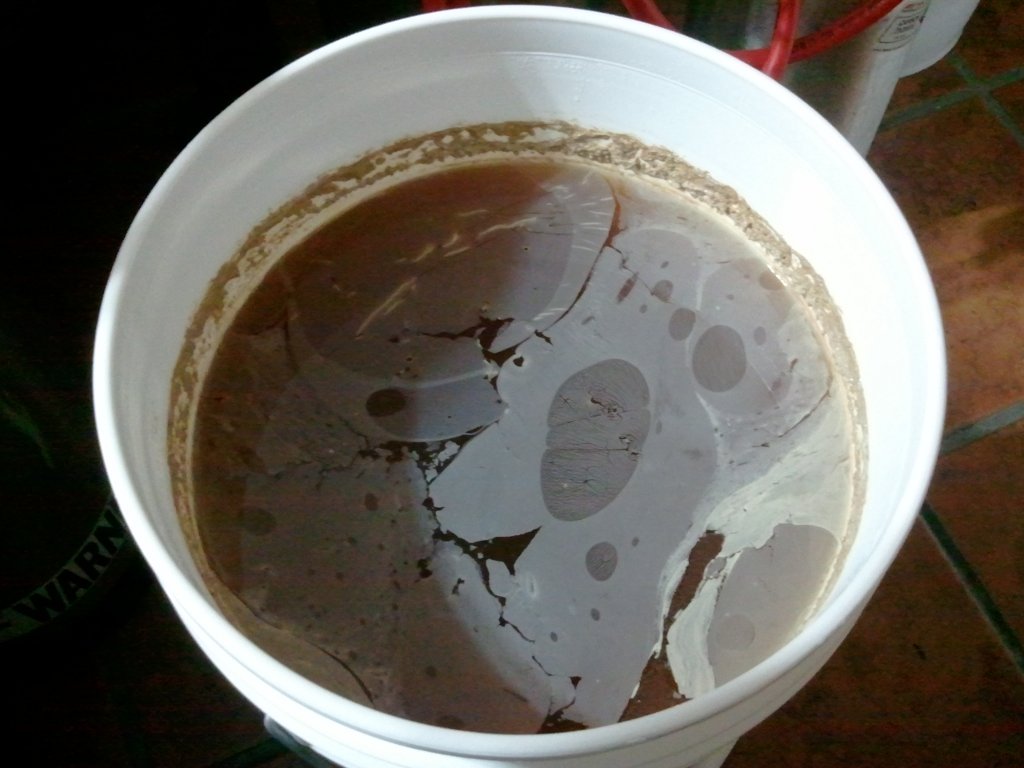bigljd
Well-Known Member
Well, I'm currently fermenting my third all-Brett Trois beer. So far I have made a pale ale and fermented at 70 F (taste test tonight). Next, I made an IPA that fermented at 65 F.
Now, I have a wheat that will serve as the base beer for a sour. The wheat was brewed a few days ago and put in the fermentation chamber at 60 F, which is where I normally ferment with US-05. Twenty four hours after pitching and it is clearly fermenting. Interesting to see that temperature (at least between 60 ad 70) is not really slowing down the Trois.
I don't think you'll have a problem with an initial fermentation in the 60's but you may have a problem getting the yeast to finish that cool. It will be interesting to see how yours finishes at the cooler temps. Maybe our batch of yeast is just being a pain in the a**. We just had Lauren Salazar (the cellermaster from New Belgium) talk to our brew club about bretts and bugs, and she laughed (in a nice way) at Chad for thinking he could predict what Brett would do in the real world. The stuff has a mind of its own.
BTW - my Janet's Bretty Brown ale is down around 1.020. Still only like 65% attenuation, but it's tasting a lot better and is not so sweet. I'm not going to re-brew it for now, I'm going with what I've made to share with the club. Hope it drops a few more points yet, but with all the crystal malts and high mash temps, it probably won't. It's a good beer though, so I'm happy with it.





